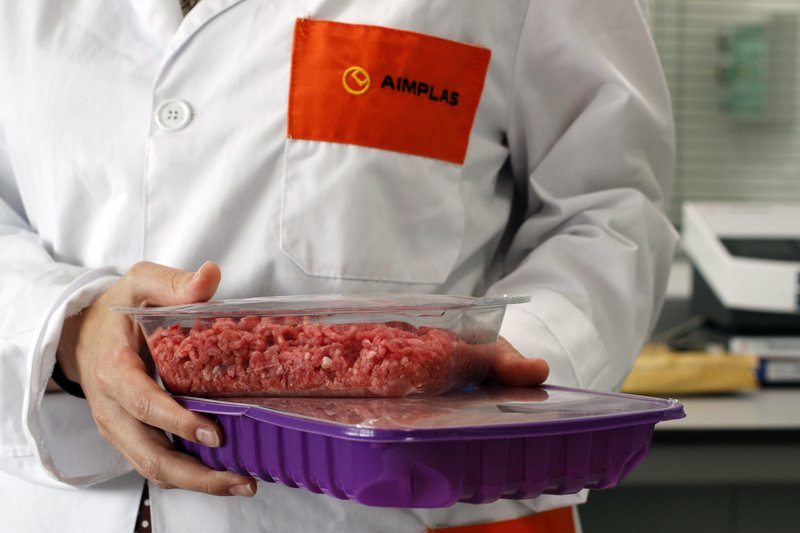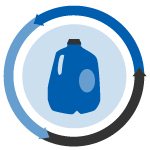A research project explored the use of potentially contaminated recycled content materials behind barriers in food packaging. The conclusion: We’re not quite there yet, but some important next steps have been determined.
In many markets, materials made with recycled content must be approved before they can be used for food-contact applications. The recent Europe-based Banus initiative studied the use of using paper and plastics that had not undergone an approval process but which would be put behind barriers in the packaging.
Researchers undertook three case studies, using different recycled materials in three different types of packaging. The project had nine partner organizations from six European countries and was coordinated by the Spanish AIMPLAS plastics technology institute.
“Banus opens the door to new works that allow the development of new fully efficient barriers that make possible to use non-authorized recycled materials in food packaging,” according to an article authored by AIMPLAS for Plastics Recycling Update.
The total 1.49 million euro (about $1.58 million) project received 1.12 million euros from the European Union. Launched in July 2014, the project ended in June 2016.
The project involved the following three case studies. The results are also summarized:
– Case study No. 1: Creating semi-rigid multilayer plastic packaging using recycled PP separated from food by layers of EVOH and PP. This packaging was created with co-extrusion and thermoforming and held foie gras. Contaminants that had been introduced may have been spread to the food-contact side of the packaging when the packaging was created by co-extrusion.
– Case study No. 2: Creating flexible multilayer multimaterial packaging using recycled paper separated from food by barrier layers of metallized PET and PE. This was created by lamination and held powdered soup. Contaminants spread to the food-contact side, with the heating during the lamination step contributing to the problem. Researchers recommended applying an outside water-based coating at the time of lamination.
– Case study No. 3: Creating coated paperboard packaging with recycled paperboard separated from the food by a commercially available coating. It was created using an existing coating process and was tested on two different types of food: hot fast food and cereals. All of the tested coatings failed to protect food from contaminants. A new barrier coating needs to be developed, researchers concluded.
While none of the three was 100 percent effective in preventing contamination from reaching the food-contact-side of the packaging, researchers said the lessons learned are helping point project partners in the right direction.


























